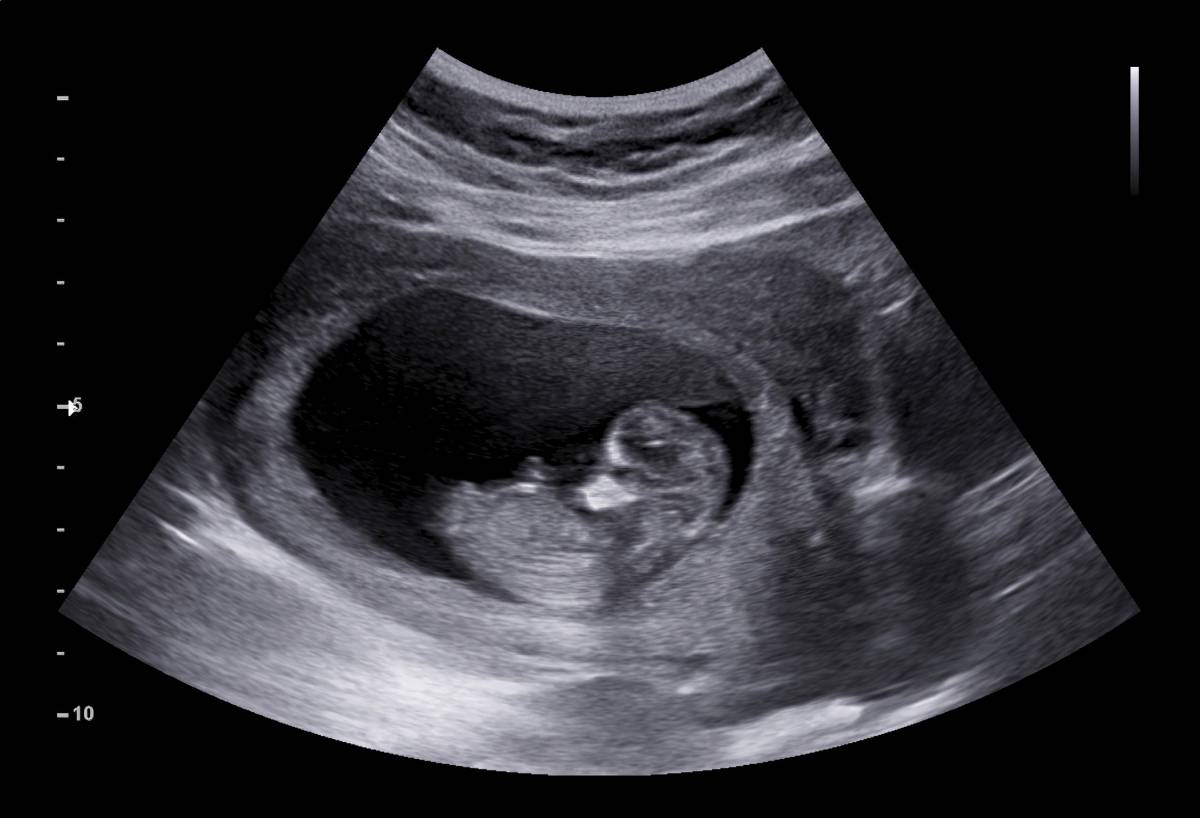Surgery in utero, also known as fetal surgery, is a sophisticated medical procedure utilized under highly specific circumstances. This field has experienced significant advancements due to continuous progress in fetal testing and imaging (Sampant & Losty, 2021). There are considerable risks for both the fetus and pregnant individual. Fetal surgery is categorized into three types, including minimally invasive maternal-fetal interventions, open maternal-fetal surgery, and ex utero intrapartum treatment procedures (Chatterjee, et al., 2021).
Indications for minimally invasive surgery in utero include fetal genetic testing, fetal anemia, Rh isoimmunization, fetal hydrothorax/chylothorax, bladder outlet obstruction, and others. (Chatterjee, et al., 2021). Ultrasound-guided percutaneous procedures and fetoscopic surgery fall under this category (Sampat & Losty, 2021). These methods have lower risks of maternal hemorrhage and premature labor (Sampat & Losty, 2021).
Open fetal surgeries may be performed to address conditions including myelomeningocele repair, mediastinal mass resection, tumor resection, and pulmonary lobe resection (Chatterjee, et al., 2021). Open surgery in utero is performed through making an incision in the uterus (hysterotomy), and in most cases, the fetus returns to or remains in the uterus to allow the pregnancy to continue to term (Sampat & Losty, 2021). However, these surgeries pose an increased risk of maternal morbidity and premature labor (Sampat & Losty, 2021).
Ex utero intrapartum therapy is used when fetal congenital anomalies are life-threatening and require access to a compromised fetal airway (Sampat & Losty, 2021). Indications for ex utero intrapartum treatment include conditions like cervical teratoma/lymphangioma, laryngeal web/atresia, severe micrognathia, bronchogenic cyst, among others (Chatterjee, et al., 2021). In these procedures, the fetus is partially delivered through a hysterotomy, the fetal airway is secured, and then the umbilical cord is cut, allowing for complete delivery of the baby via C-section (Sampat & Losty, 2021). Uterine hypotonia is crucial in maintaining uteroplacental circulation in these procedures (Sampat & Losty, 2021).
Preparation for surgery in utero requires a comprehensive and thorough preoperative evaluation of the pregnant person by a multidisciplinary team. A comprehensive maternal-fetal evaluation, a type and crossmatch, and a meticulous review of all fetal imaging studies must be completed. The team and patient must discuss contingency plans for intraoperative complications or emergencies such as maternal hemorrhage or fetal distress (Chatterjee, et al., 2021). Anesthesia administration must accommodate for all the physiological changes of pregnancy, especially changes of the pulmonary, cardiovascular, and gastrointestinal systems. Special measures must be taken to prevent hypoxemia, aspiration, pulmonary edema, and aortocaval compression (Saxena, 2009).
Additionally, fetal physiology and drug transfer across the placental barrier must be considered when administering anesthesia. The fetus exhibits its own unique physiological responses that include increased cortisol, beta endorphins, and the “central sparing response” to noxious stimuli. Long term effects of fetal stress during surgery must be kept in mind. Anesthetics agents transfer through the placenta, allowing for the desirable effect of fetal anesthesia. However, measures must be taken to address fetal physiology such as low blood circulation, rate dependent cardiac output, and predisposition to hypothermia due to thin skin (Saxena, 2009). If the fetus is directly accessible during surgery, a pulse oximeter probe should be placed on the limb during surgery and echocardiography used to monitor the heart (Saxena, 2009). Blood samples may be obtained percutaneously or directly as required (Saxena, 2009).
IFetal surgery, or surgery in utero, is a rapidly progressing field. The specific type of surgery completed, whether ex utero intrapartum, open, or minimally invasive, will determine the specific methods of anesthesia used. Future research should prioritize studying fetal stress and optimizing drug dosing during these procedures (Saxena, 2009).
References
- Chatterjee D, Arendt KW, Moldenhauer JS, et al. Anesthesia for Maternal-Fetal Interventions: A Consensus Statement From the American Society of Anesthesiologists Committees on Obstetric and Pediatric Anesthesiology and the North American Fetal Therapy Network. Anesth Analg. 2021;132(4):1164-1173. doi:10.1213/ANE.0000000000005177
- Sampat K, Losty PD. Fetal surgery. Br J Surg. 2021;108(6):632-637. doi:10.1093/bjs/znaa153
- Saxena KN. Anaesthesia for fetal surgeries. Indian J Anaesth. 2009;53(5):554-559.
